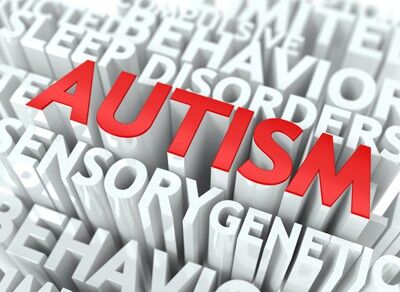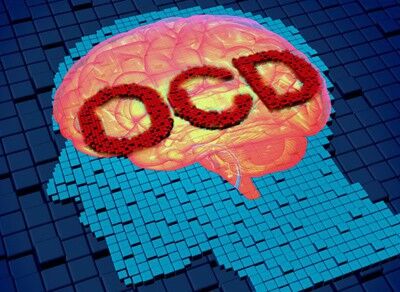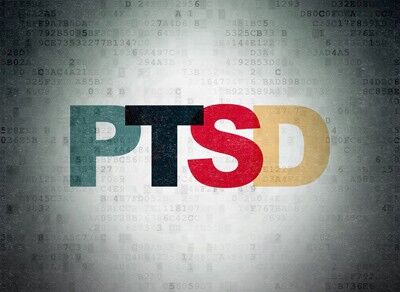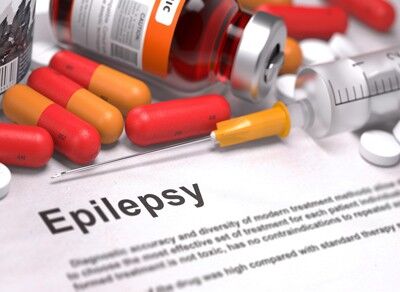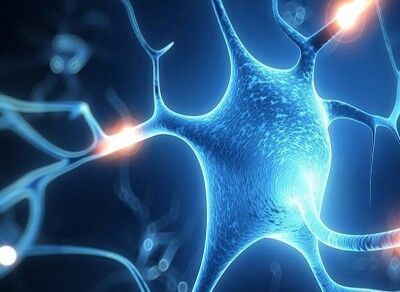
Overcoming an Anxiety Disorder with the Aid of Neurofeedback Training
 Everyone feels anxious at some point in life but if the feeling ever becomes overwhelming, there might be something more serious going on. There are actual anxiety disorders so severe that if not properly treated, a person loses touch with reality and at the extreme, becomes suicidal. Although anxiety can be difficult to treat, there is an alternative treatment option known as neurofeedback training shown to be highly successful in creating positive and long-term change in people’s lives.
Everyone feels anxious at some point in life but if the feeling ever becomes overwhelming, there might be something more serious going on. There are actual anxiety disorders so severe that if not properly treated, a person loses touch with reality and at the extreme, becomes suicidal. Although anxiety can be difficult to treat, there is an alternative treatment option known as neurofeedback training shown to be highly successful in creating positive and long-term change in people’s lives.
Common Anxiety Disorders
To better appreciate the benefits of neurofeedback training, it helps to gain insight into actual anxiety disorders and associated symptoms, but also the way they impact lives. Of course, any type of anxiety disorder needs to be diagnosed by a trained medical professional but with a diagnosis made, proper treatment can begin.
- Agoraphobia – This anxiety disorder is similar to social phobia except a person is afraid of unfamiliar and familiar situations. For instance, someone with this phobia will find it difficult to shop for groceries, let alone attend a business conference. An excellent treatment for the tension, obsessive fear, and thoughts of overprotection that go hand-in-hand with this disorder can be controlled or corrected using neurofeedback training.
- Generalized Anxiety Disorder or GAD – Of all anxiety disorders, this is the most common. In fact, there are millions of people globally with GAD, which consists of an ongoing feeling of anxiousness, stress, and worry. Because of this, a person’s entire life is disrupted. Other symptoms that neurofeedback training can help with include restlessness, muscle tension, fatigue, obsessive negative thoughts, and poor concentration.
- Obsessive Compulsive Disorder – This disorder is also referred by the acronym OCD, which entails someone repeating behaviors or thoughts. For instance, a person with OCD might need to hand wash 50 times a day or perhaps lock the front door 20 times. Even when the repeated behaviors and thoughts are completed, the urge to repeat them again continues. Neurofeedback training has the ability to retrain the brain to function in normal way whereby the obsessive and compulsive actions decrease or even stop.
- Panic Disorder – Even mild cases of this anxiety disorder can be debilitating. Although the name might imply otherwise, someone with a panic disorder does not actually panic. Instead, it involves constant worry of something bad happening, perhaps losing a job, going through a divorce, or being in a car accident. Neurofeedback training is highly effective for this disorder since it can target the area of the brain causing both physical and psychological symptoms such as rapid heart rate, excess sweating, dizziness, and a feeling of doom.
- Post Traumatic Stress Disorder – More commonly referred to PTSD, this anxiety disorder is the result of someone going through a traumatic experience such as fighting in war or seeing a loved one die in a car accident. Because PTSD causes both physical and psychological symptoms and being so severe, it is debilitating. In fact, many people with PTSD struggle with suicidal thoughts or have lost their lives because of the illness. More and more, medical and mental health professionals choose neurofeedback training with or without medication and therapy.
 Social Phobia – This too is a type of anxiety disorder that entails having an irrational fear of social situations. The symptoms go well beyond a normal case of shyness to include overwhelming fear that makes it nearly impossible to interact with other people. As imagined, this anxiety disorder makes it difficult, if not impossible for a person to maintain genuine relationships but it can also impact work and school. Specific areas in which neurofeedback training are beneficial include improved coping, no longer feeling judged, and overcoming a sense of hopelessness.
Social Phobia – This too is a type of anxiety disorder that entails having an irrational fear of social situations. The symptoms go well beyond a normal case of shyness to include overwhelming fear that makes it nearly impossible to interact with other people. As imagined, this anxiety disorder makes it difficult, if not impossible for a person to maintain genuine relationships but it can also impact work and school. Specific areas in which neurofeedback training are beneficial include improved coping, no longer feeling judged, and overcoming a sense of hopelessness.
How Stress Differs from Anxiety? And How Neurofeedback Can Help

Benefits of Neurofeedback Training
Keep in mind that medication and/or therapy is necessary for certain anxiety disorders. However, because neurofeedback training is so safe and effective, there are a growing number of medical doctors, mental health professionals, and therapist that now use it specifically to treat various anxiety disorders. One of the key benefits of neurofeedback training is that it can be used on its own or in conjunction with more conventional treatments.
 With an anxiety disorder, a specific area of the brain is not functioning properly. The exact inefficiency depends on the disorder but through a technique known as qEEG testing or “brain mapping” a trained professional has the ability to identify the area of the brain involved. Once that has been completed, a determination is made as to the actual problem. From there, specific information is fed to the brain through electrodes whereby retraining of the area occurs.
With an anxiety disorder, a specific area of the brain is not functioning properly. The exact inefficiency depends on the disorder but through a technique known as qEEG testing or “brain mapping” a trained professional has the ability to identify the area of the brain involved. Once that has been completed, a determination is made as to the actual problem. From there, specific information is fed to the brain through electrodes whereby retraining of the area occurs.
Of course, the exact number of neurofeedback training sessions required will depend on the specific type of anxiety disorder, intensity of symptoms, and how well a person responds but overall, this form of biofeedback has worked exceptionally well for a variety of anxiety problems. Best of all, neurofeedback training causes no pain, most people experience fast results, and improvement is long-term.



